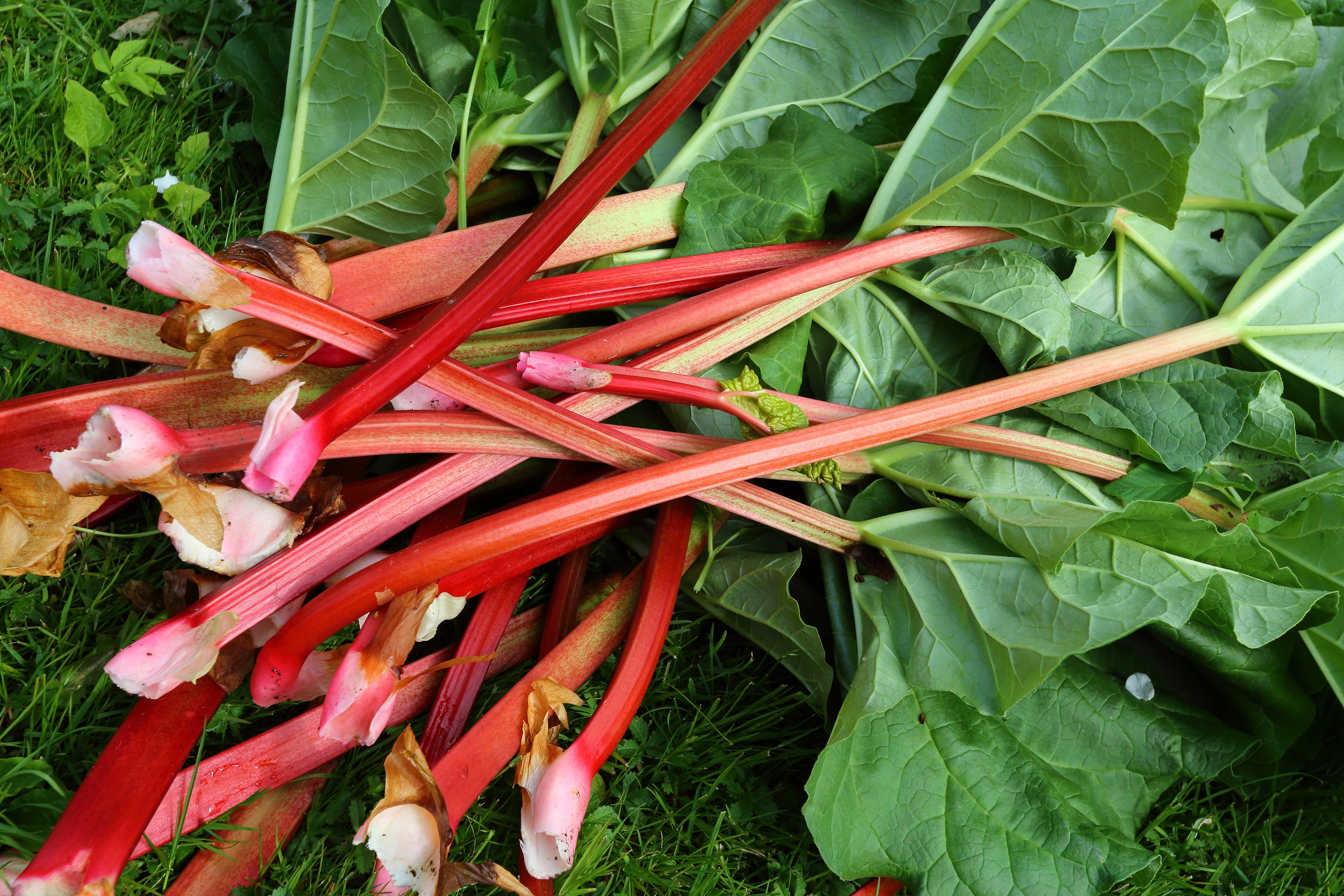Anna Pavord: ‘Growing rhubarb is a much simpler business for those of us outside the Triangle’
Our gardening correspondent takes some tips from growers in Yorkshire, who produce the longest, pinkest, most succulent shoots ever demanded by a picky chef

Your support helps us to tell the story
From reproductive rights to climate change to Big Tech, The Independent is on the ground when the story is developing. Whether it's investigating the financials of Elon Musk's pro-Trump PAC or producing our latest documentary, 'The A Word', which shines a light on the American women fighting for reproductive rights, we know how important it is to parse out the facts from the messaging.
At such a critical moment in US history, we need reporters on the ground. Your donation allows us to keep sending journalists to speak to both sides of the story.
The Independent is trusted by Americans across the entire political spectrum. And unlike many other quality news outlets, we choose not to lock Americans out of our reporting and analysis with paywalls. We believe quality journalism should be available to everyone, paid for by those who can afford it.
Your support makes all the difference.The Rhubarb Triangle. It sounds unlikely – a riff by Paul Merton perhaps. A fanciful mirage. But it exists, a patch of land roughly defined by Wakefield, Morley and Rothwell in West Yorkshire, where heavy clay ground and chill winds blowing down from the Pennines provide ideal growing conditions for this vegetable that thinks it is a fruit.
More than 150 years ago, the Yorkshire growers developed a method of forcing rhubarb that requires a phenomenal amount of labour, but produces the longest, pinkest, most succulent shoots ever demanded by a picky chef. The Triangle rhubarb starts life outside, as any allotment clump might. But as soon as it has had a dose of cold weather (in short supply this winter), the huge roots are lifted by pitchfork from the fields and carted into long, low dark sheds, heated by gas. When there were mines, it was coal.
The plants, stacked inside in rows, respond to the warmth and to regular watering by shooting into action. Stems can grow as much as an inch a day, looking for light. When they are long enough, they are picked by candlelight. This is not an affectation. If stronger light reached the stems, the leafy tips would start to photosynthesise and the sweetness of the stem would begin its journey towards sour.
You can see the whole extraordinary process in a superb series of photographs by Martin Parr, who was commissioned by the Hepworth Wakefield Museum to produce a body of work about the growers. David Asquith of Red Hall Farm, Derek Procter of Craven Farm, Martin Bramley of Ouchthorpe look directly out from the pictures, swathed in mud and long aprons like warriors from some arcane battle. The rhubarb, a psychedelic combination of bright pink and acid yellow, shines out all the more brilliantly because of the dark background and the dark, earthy figures coaxing it into growth. The candlelight transforms the forcing sheds; we seem to witnessing something like a vigil.
For those of us outside the Triangle, growing rhubarb will be a much simpler business. It's a survivor. You see it on abandoned allotments, in overgrown back gardens pushing through the undergrowth in early spring. And it has been around in Europe for centuries, because it was used for medicine long before it found its way into the kitchen. The early 16th-century physician Antonio Musa Brasavola wrote of a Venetian dealer he knew who imported rhubarb, both dried roots and living plants from the banks of the Rover Volga. It was the river (flumen Rha in Latin) that gave rhubarb its name – Rheum rhabarbarum. Physicians used the ground-up root as a laxative, and later as a treatment for venereal disease.
It will grow on any kind of soil, including an acid one, provided that it is well fed and well drained. The site needs to be open, away from shade cast by overhanging trees. Dig plenty of manure or compost into the soil before planting. You can grow it from seed, but rhubarb is usually planted as a dormant "set". Each set should have a plump bud sitting on top of the rootstock with plenty of fibrous root underneath. You must start with stock that is certified virus free. Plant now, covering the buds with no more than 2cm/1in of soil.
Traditional varieties include "Timperley Early", an early variety raised before 1945, red-skinned but green-fleshed, and "Victoria", a reliable late variety. "Glaskin's Perpetual" is an early variety that produces bright red stalks of good flavour. Once settled, rhubarb does not like to be moved, but if you plant it in the right situation, it is little trouble and you can pick it from early spring until summer. Its great blankets of leaves suppress all but the most troublesome weeds.
The best crops come from plants that can be kept dampish in summer and dryish in winter. Mulch round the stems with manure or grass cuttings to retain moisture in the soil. About every five years, the plants will need dividing. The most vigorous offshoots are generally those round the edges of a clump.
To force rhubarb for an early, especially tender crop, cover the crown with straw in late winter and put a forcing pot on top. This can be a special terracotta rhubarb forcer, but an upturned bucket does the same job less fancily. Remove the forcer when you have picked the first forced stems. Pull the stems rather than cutting them and always leave at least four stems on each plant. Do not pull any stems after midsummer, to give the plant a chance to recover.
'The Rhubarb Triangle & Other Stories: Photographs by Martin Parr' is at The Hepworth Wakefield until 12 June. hepworthwakefield.org
Join our commenting forum
Join thought-provoking conversations, follow other Independent readers and see their replies
Comments